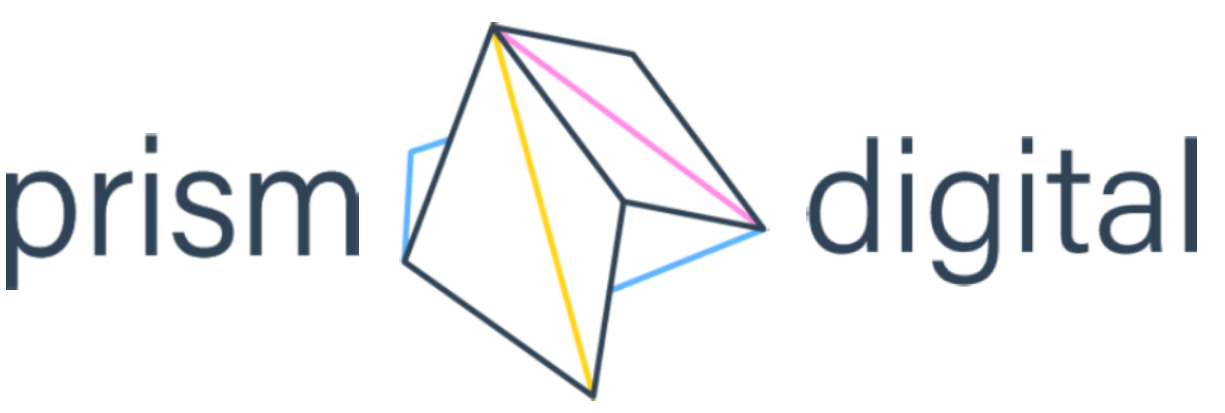A quick definition: A buyer persona (often also referred to as customer persona, audience persona, or marketing persona) is a detailed description of someone who best represents your target audience. The purpose of a buyer persona is to provide you with answers to the all-important question, "Who are we making this for?"
The importance of buyer personas
Like most business owners, you are probably crunched on time and looking for ways to prioritize. But this doesn't mean you have to abandon insightful tools—such as your buyer personas—as soon as you’ve built them. Having documented personas, even in their simplest forms, will not only help you crystallize your ideas, but also serve as a single version of truth for everybody creating content for your organization.
How to build a persona
Personas enable you to focus on only the data that will help make your content more relevant and actionable. To get started, you’ll need to put together a composite sketch of a key segment of your audience. Here are some common questions to consider:
The answers to these questions will allow you to come up with ideal content topics, types, and channels that will encourage your intended audience to make a purchase. If, for whatever reason, you are not about to answer these questions, don’t panic! Click here to find out other ways you can learn about your buyers’ needs, motivations, content preferences, and typical purchase behaviors.
B2C buyer persona example
When crafting a business to cunsumer (B2C) buyer persona, you might want to focus on demographics more than professional information. However, keep in mind that not all potential information about your customers would be relevant to your particular situation. For example, if knowing how many kids your B2B customers have wouldn’t change anything in your business strategy, there’s no need to include this information.
The buyer persona example we have created above is for a local real estate firm. It’s possible for you to put together similar demographic information about your own target buyer using data from surveys, in-depth interviews, as well as reviews, social media analytics, Google Analytics, and market research.
Important influences to consider are:
- The buyer’s expectations from a product or service
- Frustrations or pain points
- Contributing factors to the decision making process, such as spouse’s opinion, online reviews, and your company’s tech-savviness
- Communication channels your buyer uses to find solutions
B2B buyer persona example
As for a business to business (B2B) buyer persona, your goal will remain the same: to understand what your customers need, why and how they are making purchase decisions, and what’s the best way to approach them with your offering. With B2B, you might want to focus more on professional information than on demographics, avoiding groundless assumptions that could eventually decrease the ROI of carrying out customer research and creating personas.
For our B2B example, we made a buyer persona for a company that offers a project management tool. One of the biggest differences between B2C and B2B buyer personas is the in-depth information about the person’s role in the company and their buying process. Ultimately, you need to understand a person’s job title, industry experience and level in order to figure out how much influence this person has over the procurement and the final purchase decision.
It’s possible for you to gain similar statistically objective data about your own prospects' employment status by running quantitative analysis, such as surveys, analysis of your CRM data, and market research. Additional insights can be sourced during interviews or by using LinkedIn to analyze the employee structure in companies within your target industry.
Don’t forget, when writing a B2B persona it is crucial to highlight pain points and expectations in order for you to position your brand as a solution.
Segmenting your audience
At Prism Digital, we can help you discover what you don’t know about your buyer personas in order to execute the strongest campaigns against your objectives. By segmenting your total audience into categories based on specific characteristics, we will be able to align your sales process with their interests, producing marketing content that will be effective in engaging and delighting them.
.png?width=200&height=73&name=Logo(1).png)

